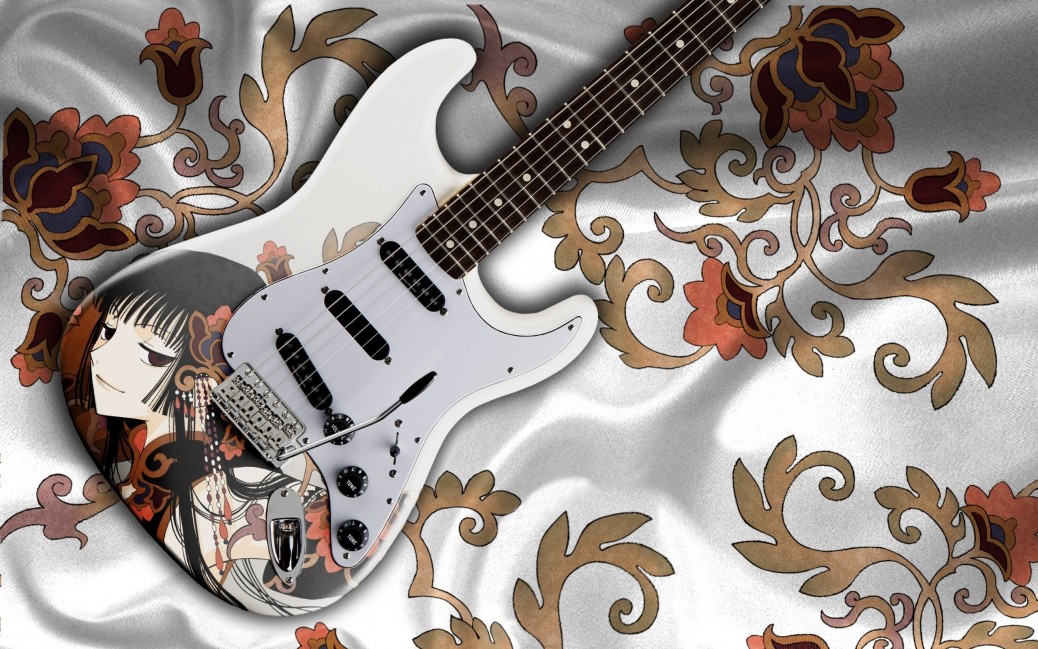Types and Usage
There are three main types of modern acoustic guitar: the classical guitar (nylon-string guitar), the steel-string acoustic guitar, and the archtop guitar, which is sometimes called a “jazz guitar”.
Guitars can be divided into two broad categories, acoustic and electric guitars. Within each of these categories, there are also further sub-categories. For example, an electric guitar can be purchased in a six-string model (the most common model) or in seven or 12-string models.
Acoustic:
Extended-range classical guitar, Flamenco guitar, Guitar battente, Guitarrón mexicano, Harp guitar, Russian guitar, Selmer guitar, and Tenor guitar.
Acoustic guitars form several notable subcategories within the acoustic guitar group: classical and flamenco guitars; steel-string guitars, which include the flat-topped, or “folk”, guitar; twelve-string guitars; and the arched-top guitar.
1. Renaissance and Baroque: Renaissance and Baroque guitars are the ancestors of the modern classical and flamenco guitar.
2. Classical: Classical guitars, also known as “Spanish” guitars are typically strung with nylon strings, plucked with the fingers, played in a seated position and are used to play a diversity of musical styles including classical music.
3. Flat-top: Flat-top or steel-string guitars are similar to the classical guitar, however, within the varied sizes of the steel-stringed guitar the body size is usually significantly larger than a classical guitar, and has a narrower, reinforced neck and stronger structural design.
4. Archtop: Archtop guitars are steel-string instruments in which the top (and often the back) of the instrument are carved, from a solid billet, into a curved, rather than a flat, shape. This violin-like construction is usually credited to the American Orville Gibson.
5. Resonator, resophonic or Dobros: The original purpose of the resonator was to produce a very loud sound; this purpose has been largely superseded by electrical amplification, but the resonator guitar is still played because of its distinctive tone.
6. Twelve-string: The twelve-string guitar usually has steel strings, and it is widely used in folk music, blues, and rock and roll.
7. Acoustic bass: The acoustic bass guitar is a bass instrument with a hollow wooden body similar to, though usually somewhat larger than, that of a 6-string acoustic guitar.
Electric:
Eric Clapton playing his signature custom made “Blackie” Fender Stratocaster
Electric guitars can have solid, semi-hollow, or hollow bodies; solid bodies produce little sound without amplification.
1. Seven-string and eight-string: Solid body seven-string guitars were popularized in the 1980s and 1990s. Other artists go a step further, by using an eight-string guitar with two extra low strings. Although the most common seven-string has a low B string, Roger McGuinn (of The Byrds and Rickenbacker) uses an octave G string paired with the regular G string as on a 12-string guitar, allowing him to incorporate chiming 12-string elements in standard six-string playing.
2. Electric bass: The bass guitar (also called an “electric bass”, or simply a “bass”) is similar in appearance and construction to an electric guitar, but with a longer neck and scale length, and four to six strings. The four-string bass, by far the most common, is usually tuned the same as the double bass, which corresponds to pitches one octave lower than the four lowest pitched strings of a guitar (E, A, D, and G).











